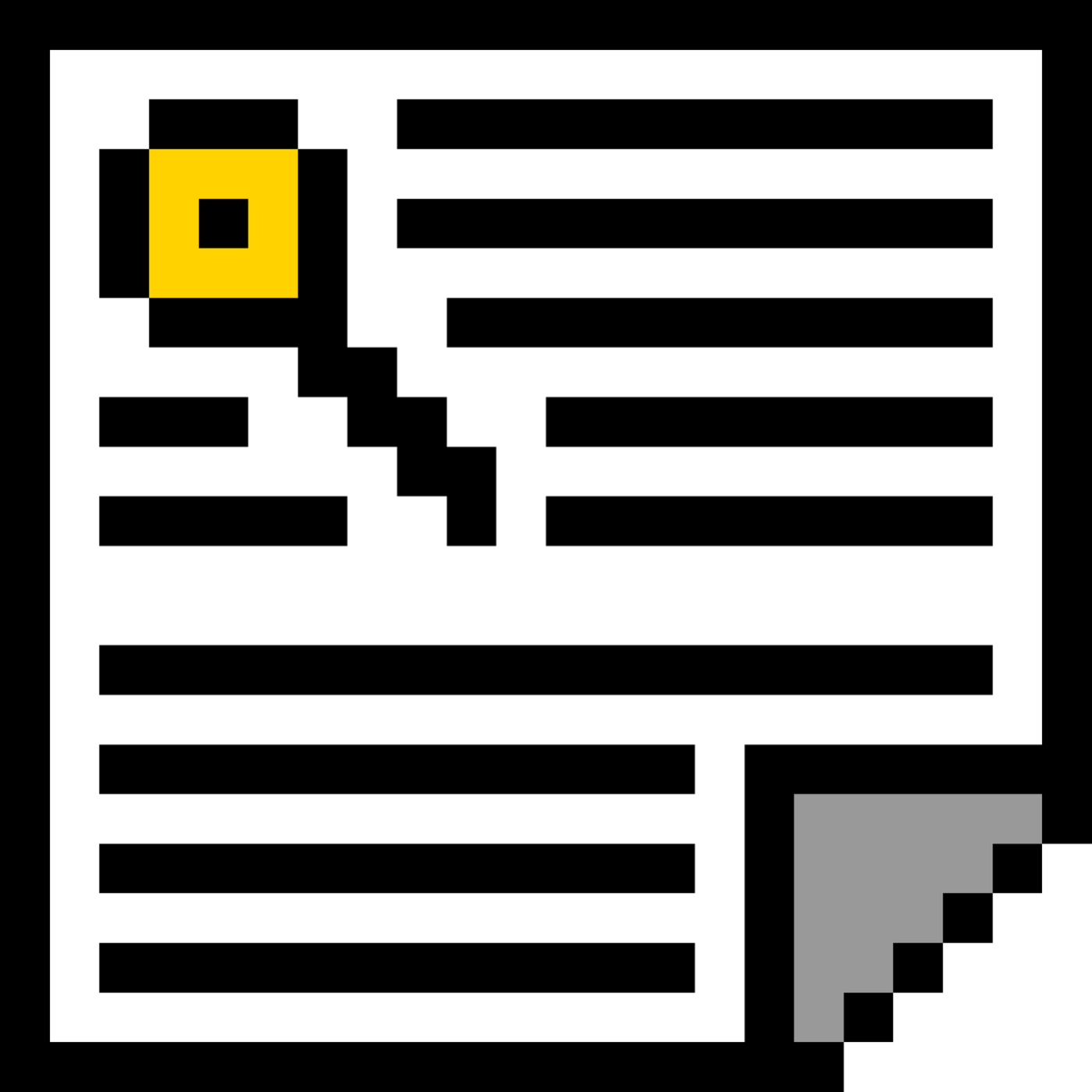244 reads
Building a Logo Creation App with Next.js, Shadcn/ui, and Lucide React
by
August 15th, 2024
Audio Presented by
Story's Credibility



About Author
☕ Fullstack developer 👨💻 Indie maker ✍️ Tech writer


☕ Fullstack developer 👨💻 Indie maker ✍️ Tech writer